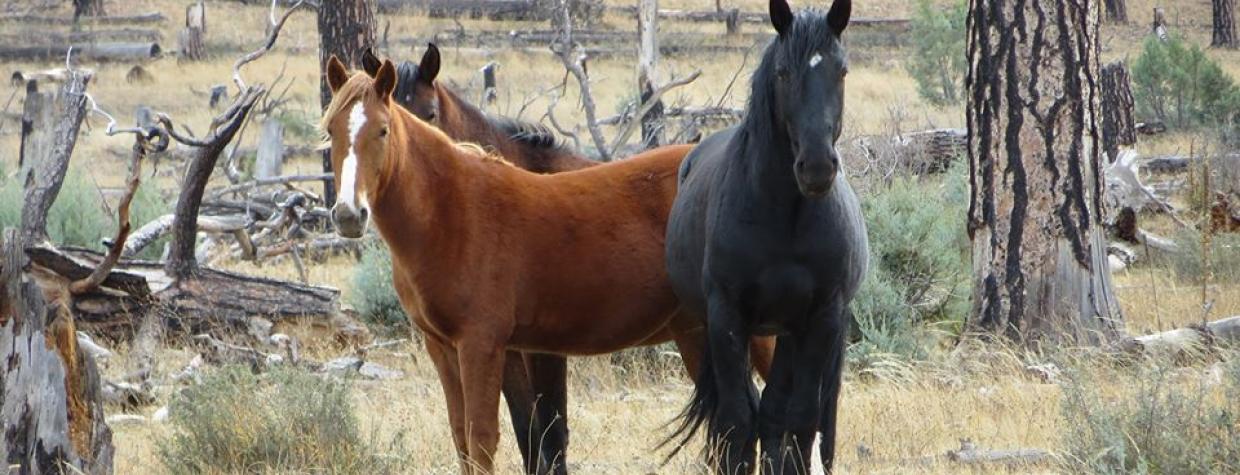A herd of wild horses in the Heber-Overgaard area is at the center of a debate between the U.S. Forest Service, which wants to control the horses' population, and environmentalists, who argue they should be left alone.
The Arizona Republic reported last month that the horses, which number at least a few hundred, are the subject of a management study being conducted by the Forest Service, although it likely won't be completed until 2016. Some of the horses may be descended from an originally wild herd, while others escaped from White Mountain Apache Tribe land and other places when the Rodeo-Chediski Fire tore through the area in 2002.
The U.S. Bureau of Land Management manages two herds in Arizona totaling about 200 wild horses, according to the agency's website. The Forest Service also manages several horse and burro territories in the state.
The agencies have the authority to determine how many horses the land can support and whether the herd's population is managing itself.
In some cases, federal agencies say, domestic horses enter the wild after escaping from or being abandoned by private owners.
"I would estimate a substantial portion of horses out there. ... God knows where they came from," said Ed de Steiguer, a University of Arizona professor and author of a book about the history and politics of wild horses in the U.S.
Local resident Mary Hauser, who has tracked the horses for years, is fighting to prevent them from being rounded up.
Hauser frequently follows the washes, meadows and clearings where the "Magnificent Seven," a band of male horses, and Old Buck, her personal favorite, spend their days. She said she has never touched or fed the horses but has seen births, deaths, fights and tender moments.
You can learn more about the situation at the Heber Wild Horses Facebook page.
(Photo: Three of the wild horses from the Heber-Overgaard area. | Courtesy of Heber Wild Horses Facebook page)

